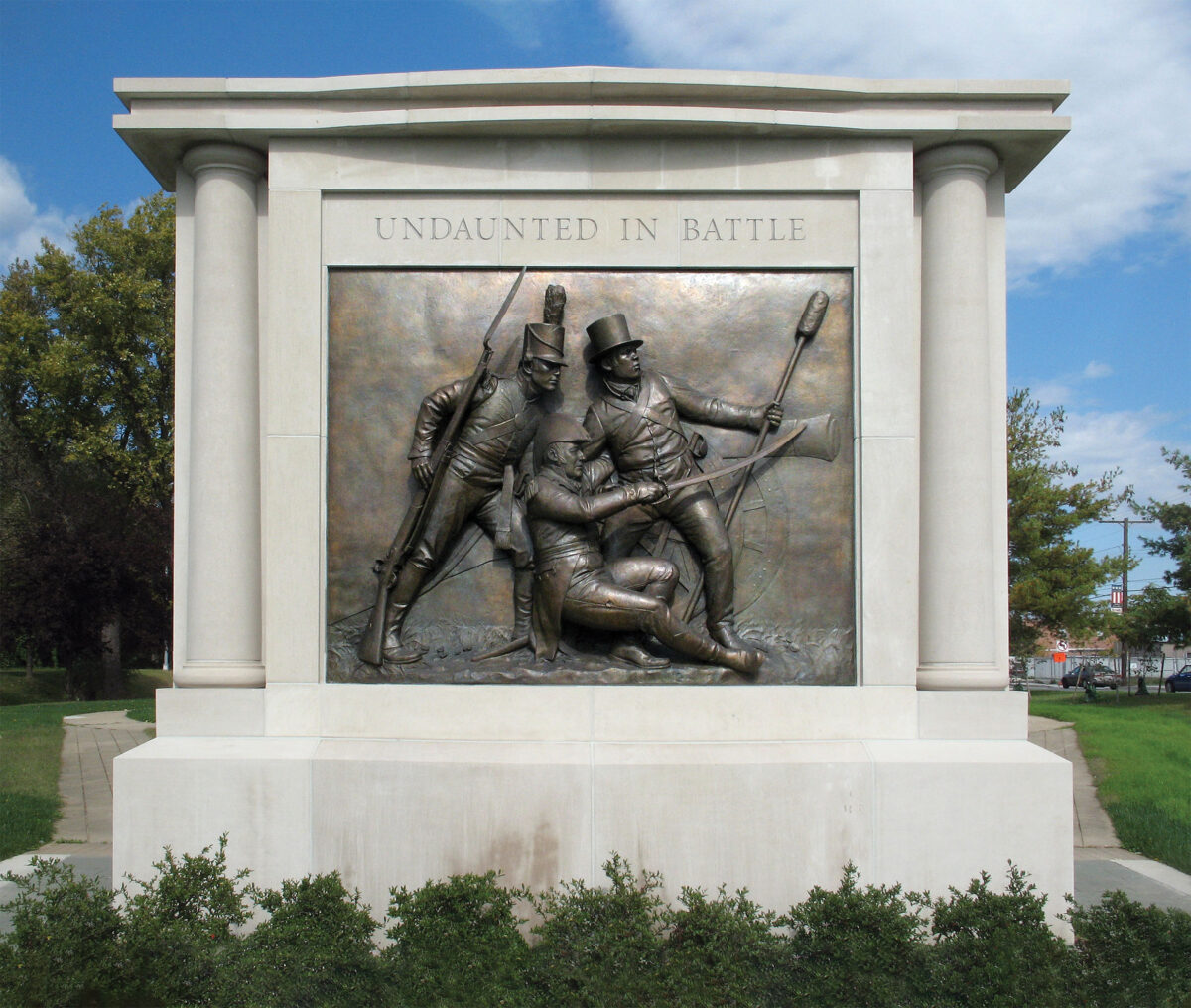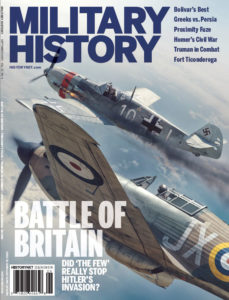The British victory at Bladensburg, Md., on Aug. 24, 1814—two years into the War of 1812—exposed the capital of the United States to invasion. In the wake of that humiliating defeat of U.S. forces vengeful Redcoats torched prominent buildings in Washington, D.C., including the Capitol and the Presidential Mansion (later rebuilt and renamed the White House). It proved a severe blow to American morale amid an unpopular war. It also marked the only time the capital suffered a foreign attack prior to Sept. 11, 2001.
Though it was the Americans who declared war in 1812, they were woefully unprepared, while the British were preoccupied with their existential fight for survival against France. Circumstances changed in the spring of 1814 when a defeated Emperor Napoléon was sent into exile, freeing thousands of veteran British soldiers for service in North America. Their superiors planned to destroy U.S. trade and degrade morale by blockading the East Coast and ravaging such coastal cities as Baltimore and Washington.
Though recovering from wounds, Maj. Gen. Robert Ross—a disciple of legendary Field Marshal Arthur Wellesley, Duke of Wellington—was sent to command British troops in North America. Supported by a Royal Navy fleet under Vice Adm. Alexander Cochrane and British marines and sailors led by Rear Adm. George Cockburn, Ross landed on August 19 with some 4,000 men at Benedict, Md., on the Patuxent River 30 miles southeast of Washington. Though small in number and lacking cavalry and artillery, the British force of three brigades included four infantry regiments, a Royal Marine battalion, naval detachments and former slaves recruited as Colonial Marines.
Congreve rockets would serve as an effective terror weapon against the largely untried Americans. A small force under Cockburn continued up the Patuxent in boats, hoping to bottle up the 17 gunboats of Commodore Joshua Barney’s Chesapeake Bay Flotilla.
Marching north along the west bank of the Patuxent, Ross reached Upper Marlboro by August 22. That same day Cockburn’s force caught sight of Barney’s flotilla off nearby Pig Point. Barney ordered his trapped ships destroyed before withdrawing toward Bladensburg with his 300 sailors and 100-plus Marines. Joining forces with Ross at Upper Marlboro, Cockburn urged the British commander to press on.
The U.S. commander, Brig. Gen. William Henry Winder, had deployed his 7,000-plus men—mostly local militia—in Bladensburg, 5 miles northeast of Washington, by a key bridge over the Anacostia River. As the British approached, however, the Americans withdrew west to a less defensible position opposite town. Entering Bladensburg on the 24th, the British attacked across the Anacostia around noon. Both fording the river and crossing the bridge, Ross’ men advanced in the face of artillery and rifle fire. Under pressure and unnerved by rocket fire, the first two U.S. lines crumbled. The third, anchored by Barney’s men with their ships’ guns, stood firm, inflicting heavy casualties on the attackers. But with Winder’s men in retreat and the British poised to outflank him, Barney ordered his men to withdraw.
The British suffered 64 killed and 185 wounded, many succumbing to the extreme summer heat. The shattered Americans had fewer losses, with upward of a dozen killed, 40 wounded and 120 captured.
Ross and Cockburn marched unopposed into Washington. Recalling the 1813 U.S. burning and looting of York (present-day Toronto), the capital of Upper Canada, they exacted revenge by burning Washington’s public buildings and military sites. President James Madison and his cabinet, including Secretary of State James Monroe—who had scouted the British force on horseback—fled the city.
First Lady Dolley Madison famously saved relics of the early republic, including a portrait of George Washington. The subsequent British attack on Baltimore failed, marked by the death of Ross and the defense of Fort McHenry commemorated by Francis Scott Key in “The Star Spangled Banner” (adopted as the national anthem in 1931). That and Andrew Jackson’s stunning victory at New Orleans the following January ended the otherwise inconclusive war on an up note for the Americans.
Urban sprawl has made it all but impossible to preserve the battlefield at Bladensburg. Unmarked graves of the dead from both sides lie beneath residences lining the road to Washington. However, local officials have posted historical markers and offer a walking tour with a free downloadable audio guide [princegeorges1812.org]. MH
This article appeared in the November 2021 issue of Military History magazine. For more stories, subscribe and visit us on Facebook:






